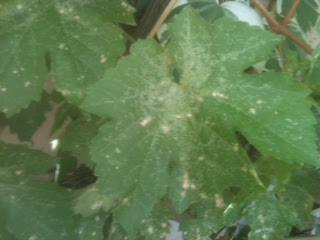Q. How does one start new sago palms? I have a few fronds
coming up at the base of our mature sago. What is the process for getting them
to live after transplanting?
A. In the past sago palms were never very popular among
nurserymen because they had a hard time making money from them. They were slow
to grow to a marketable size and had a reputation for being hard to propagate
from seed. They can be grown from seed, divided stems and pups.
For you,
the best way to propagate it will be from side shoots or pups. These are
carefully cut from the stem with a sterile knife, dipped into rooting hormone
and then placed in a soil mix that easily drains, and out of direct sunlight,
for rooting. They need lots of light but it should be indirect light, not
direct light.
It is
also a good idea in our climate to make a plastic bag greenhouse (clear
plastic) for them to help keep the humidity high until they root. Rooting can
take a long time so as long as the pup remains healthy, leave it in the
propagating soil mix. Once rooted you should see a push of new growth.
Make
sure you let wounds in the main trunk heal before you let any soil come in
contact with it. You might also increase your chance of success if you dip the
pup into a fungicide, such as Thiram, Captan or Zineb, to prevent rotting. As
an alternative to a fungicide you can let the pup air dry for a couple of days
out of direct sunlight inside the house, not outside in the heat.
Once the
roots have formed it has been suggested that cycads respond well to fertilizer
applications of nitrogen and potassium. I hope this helps.












.JPG)
